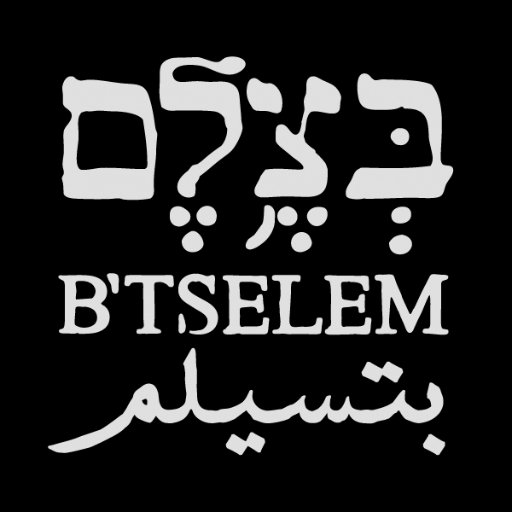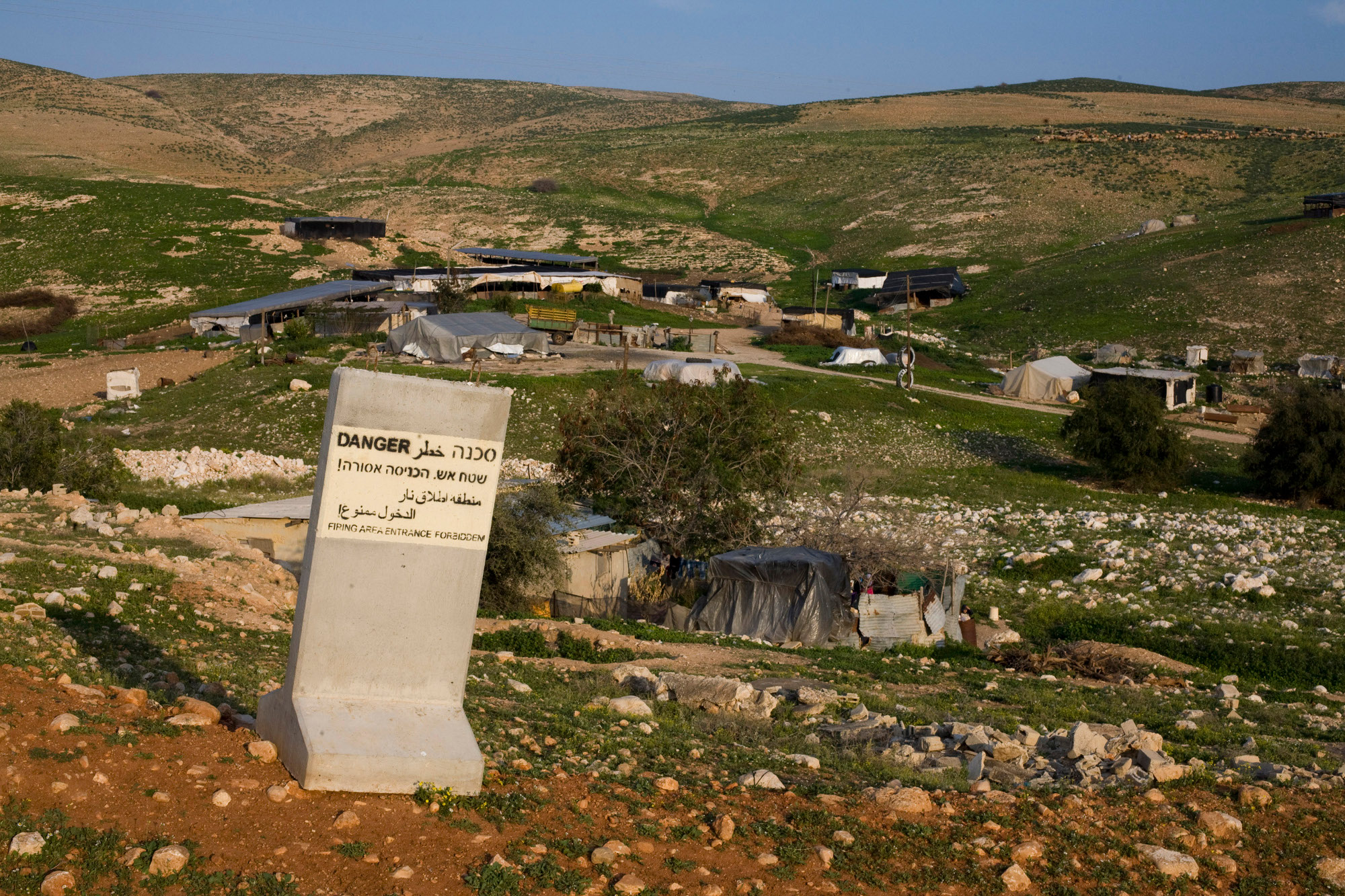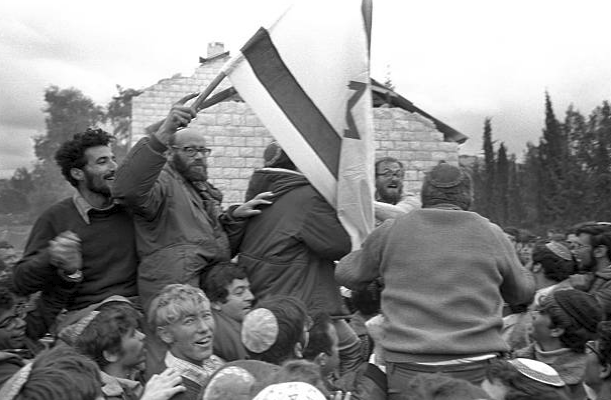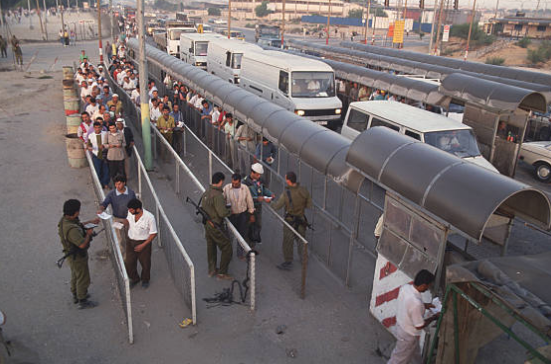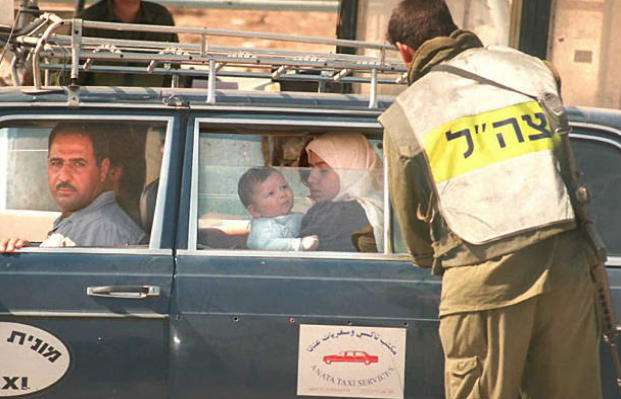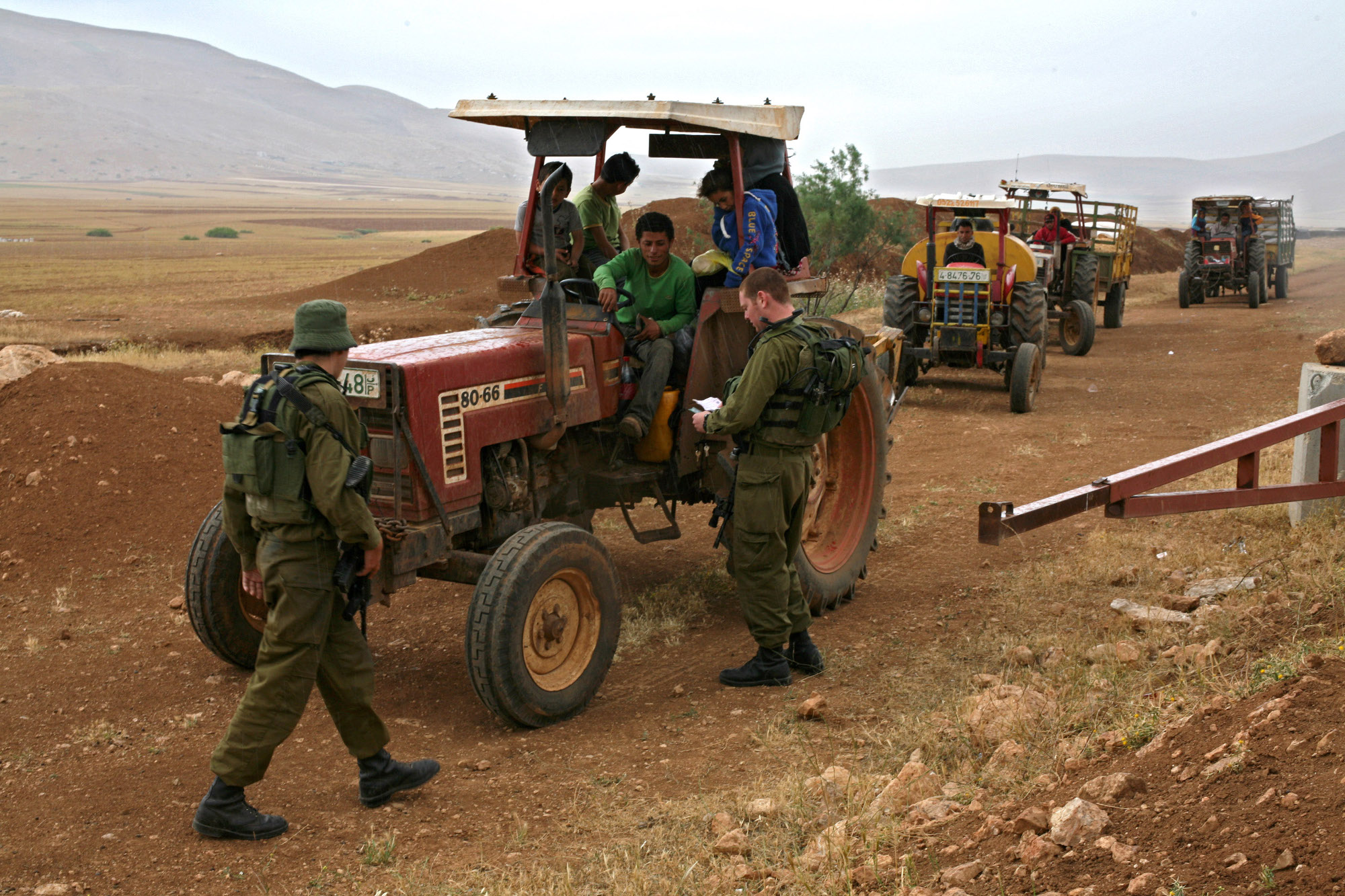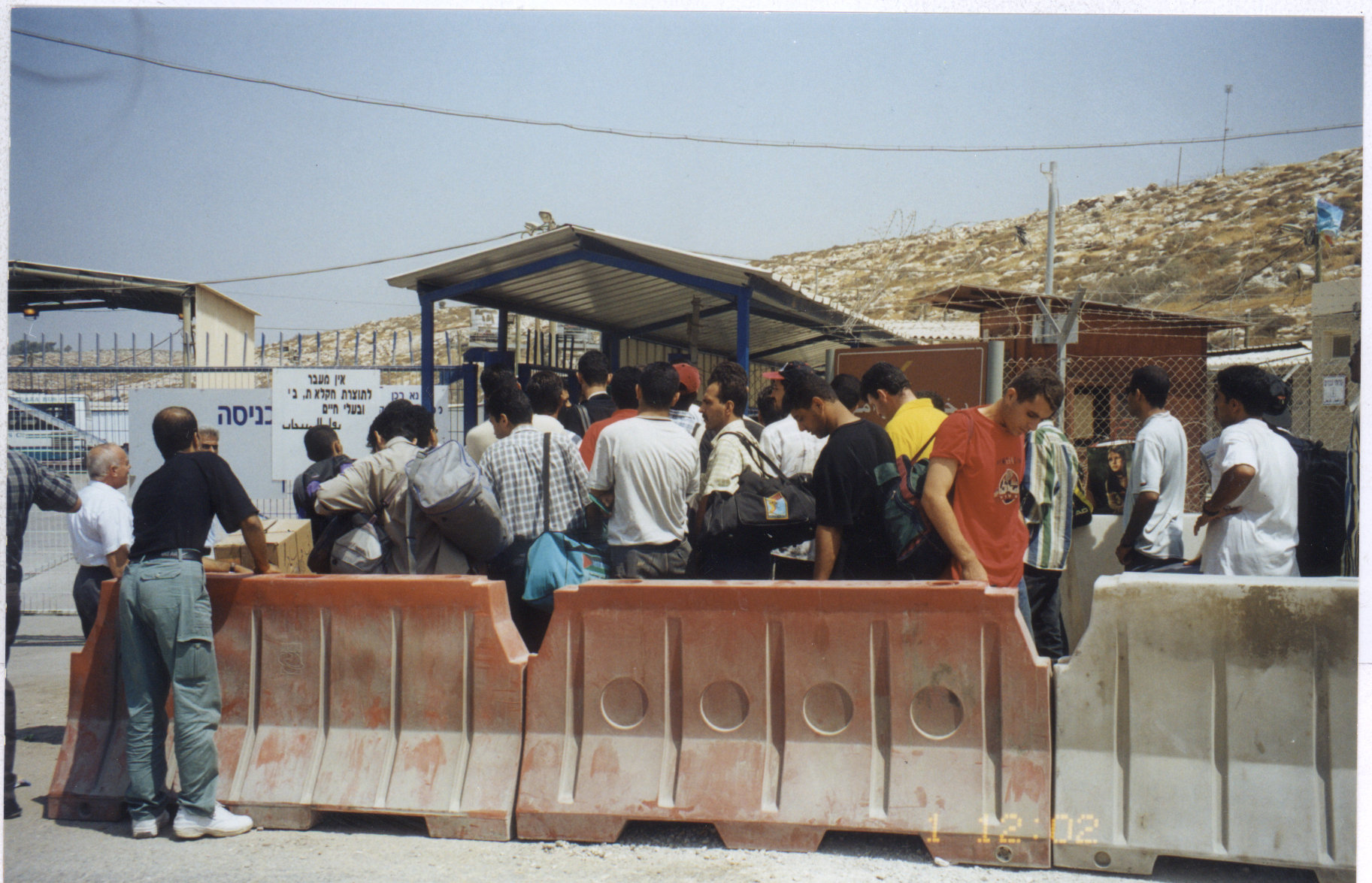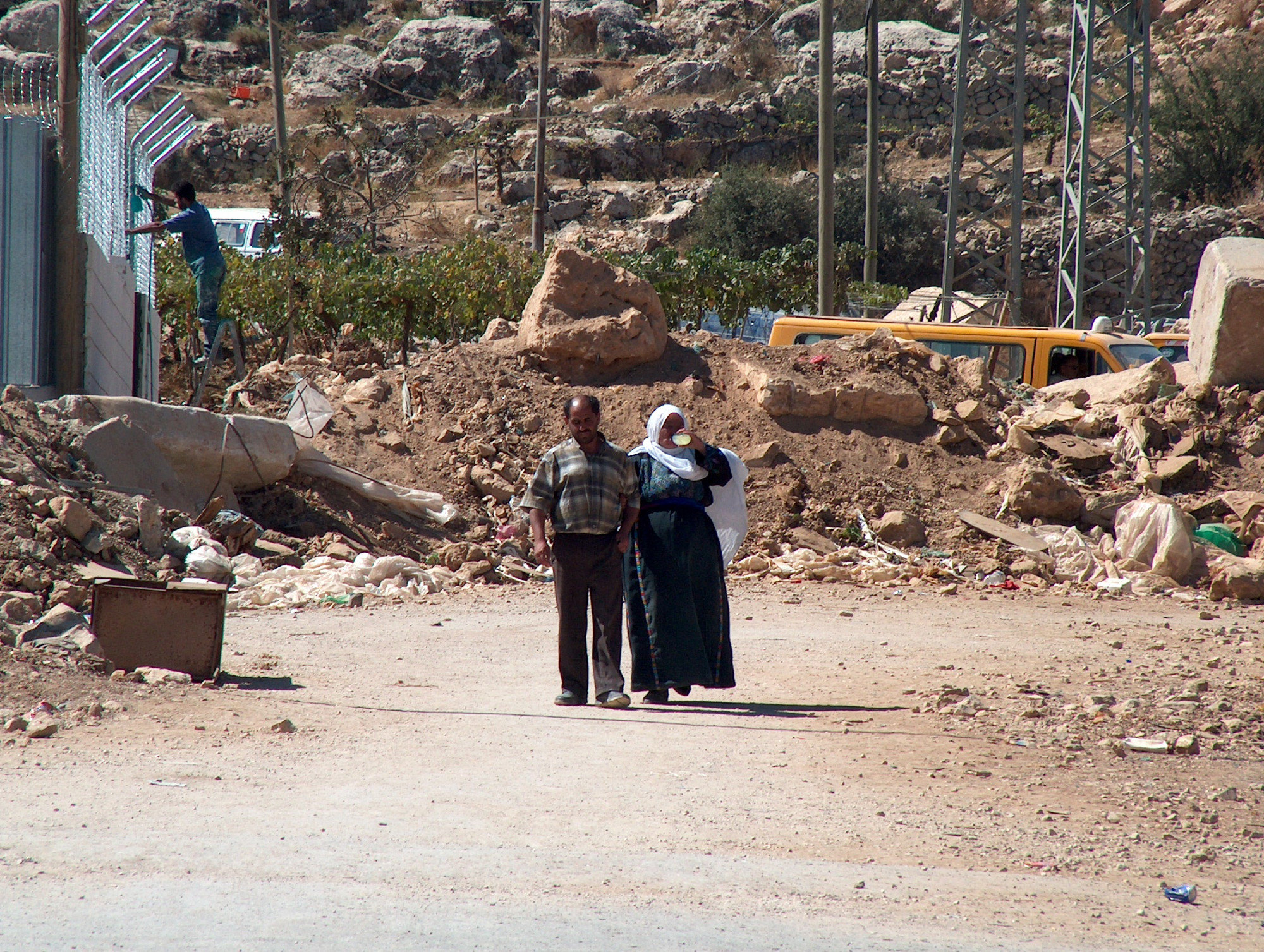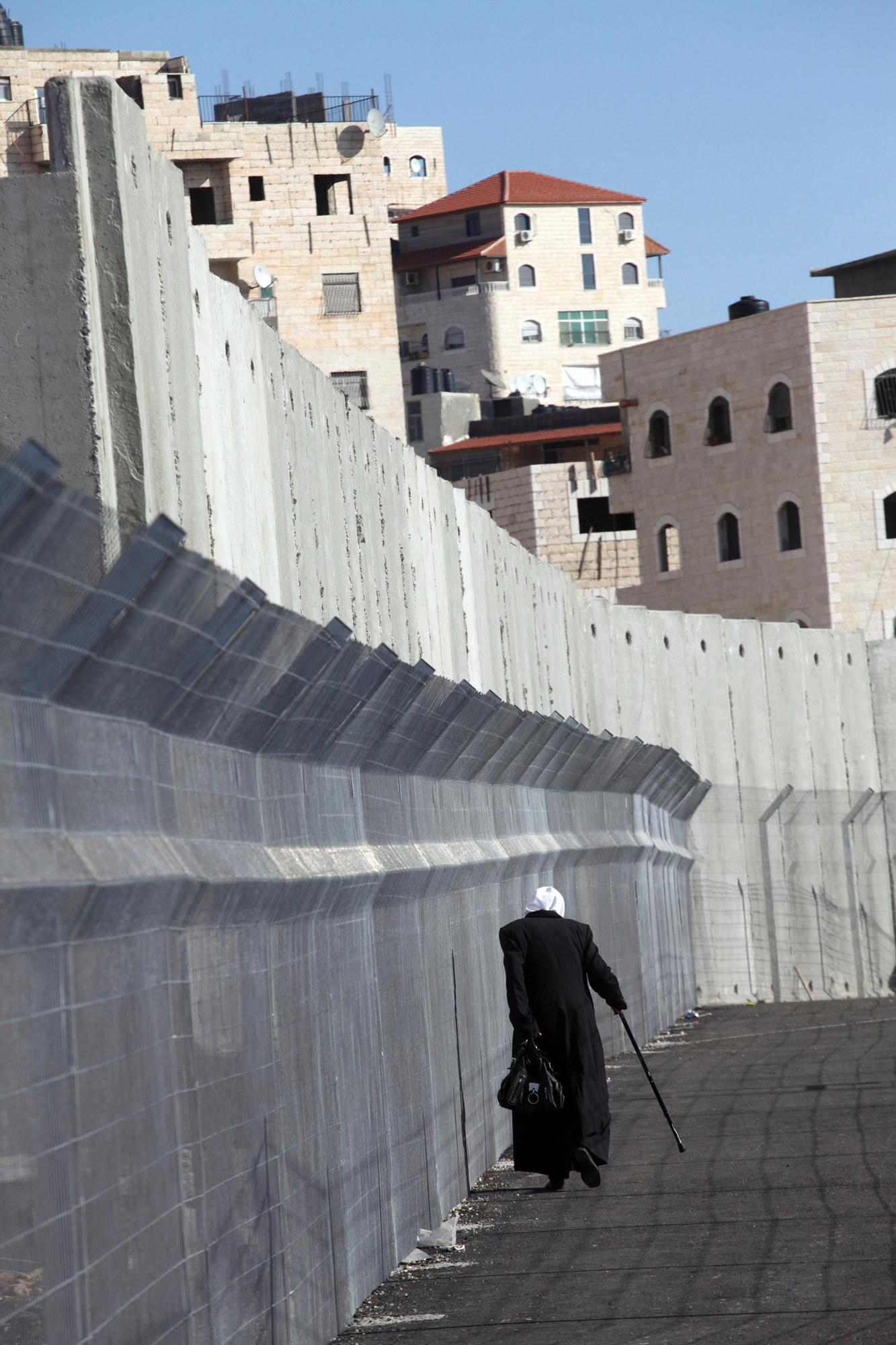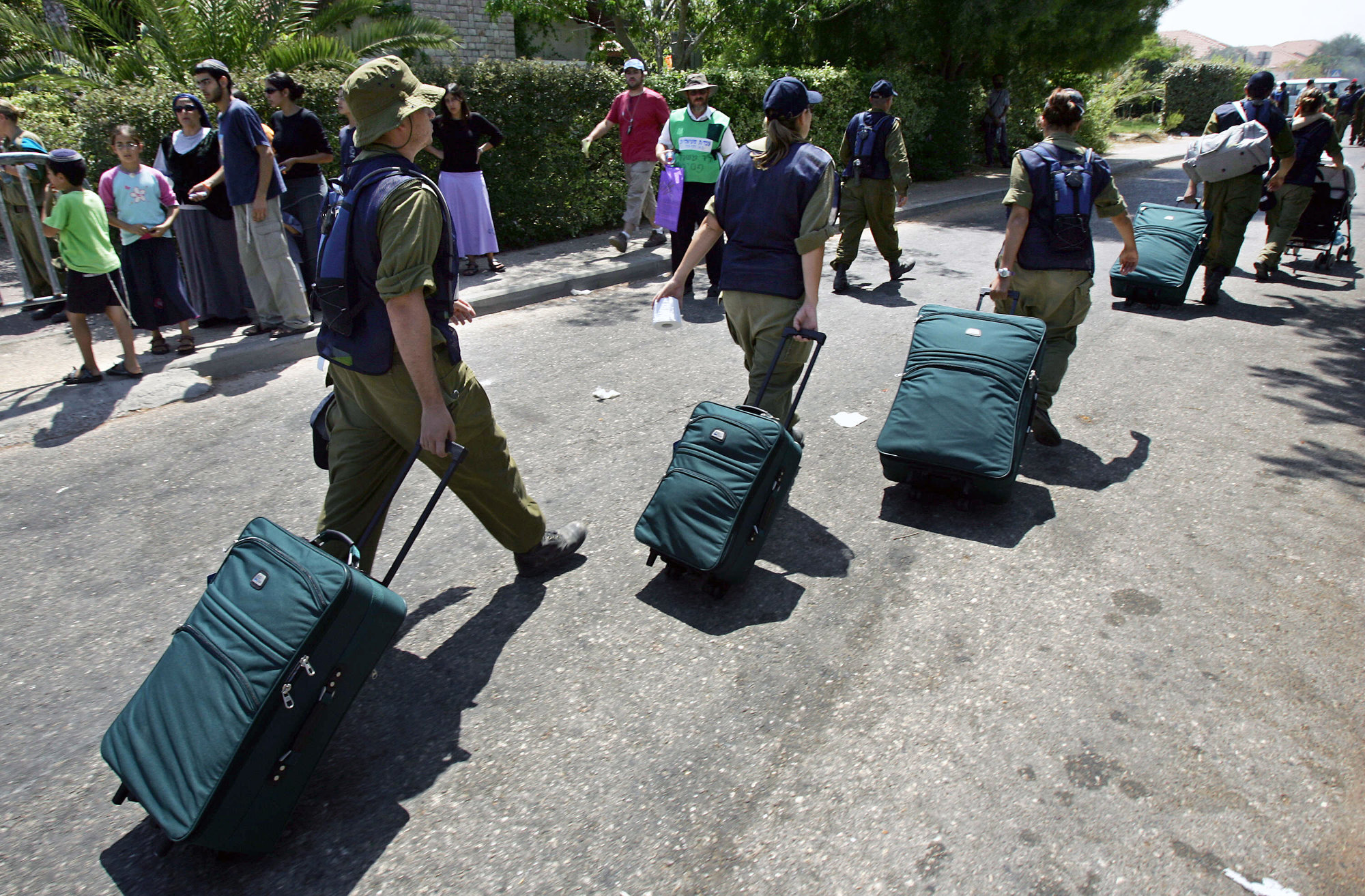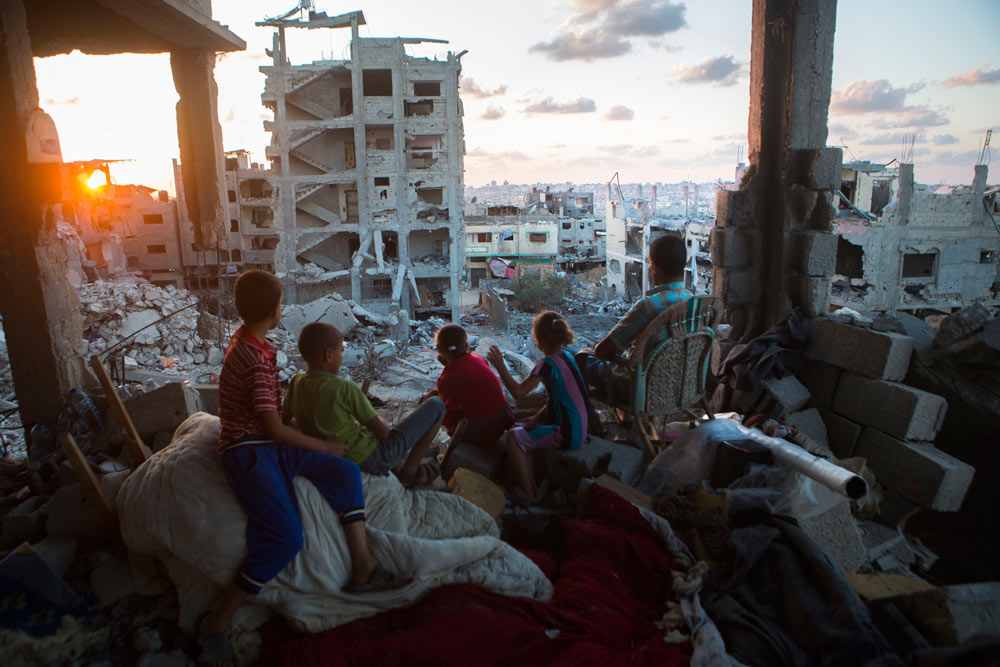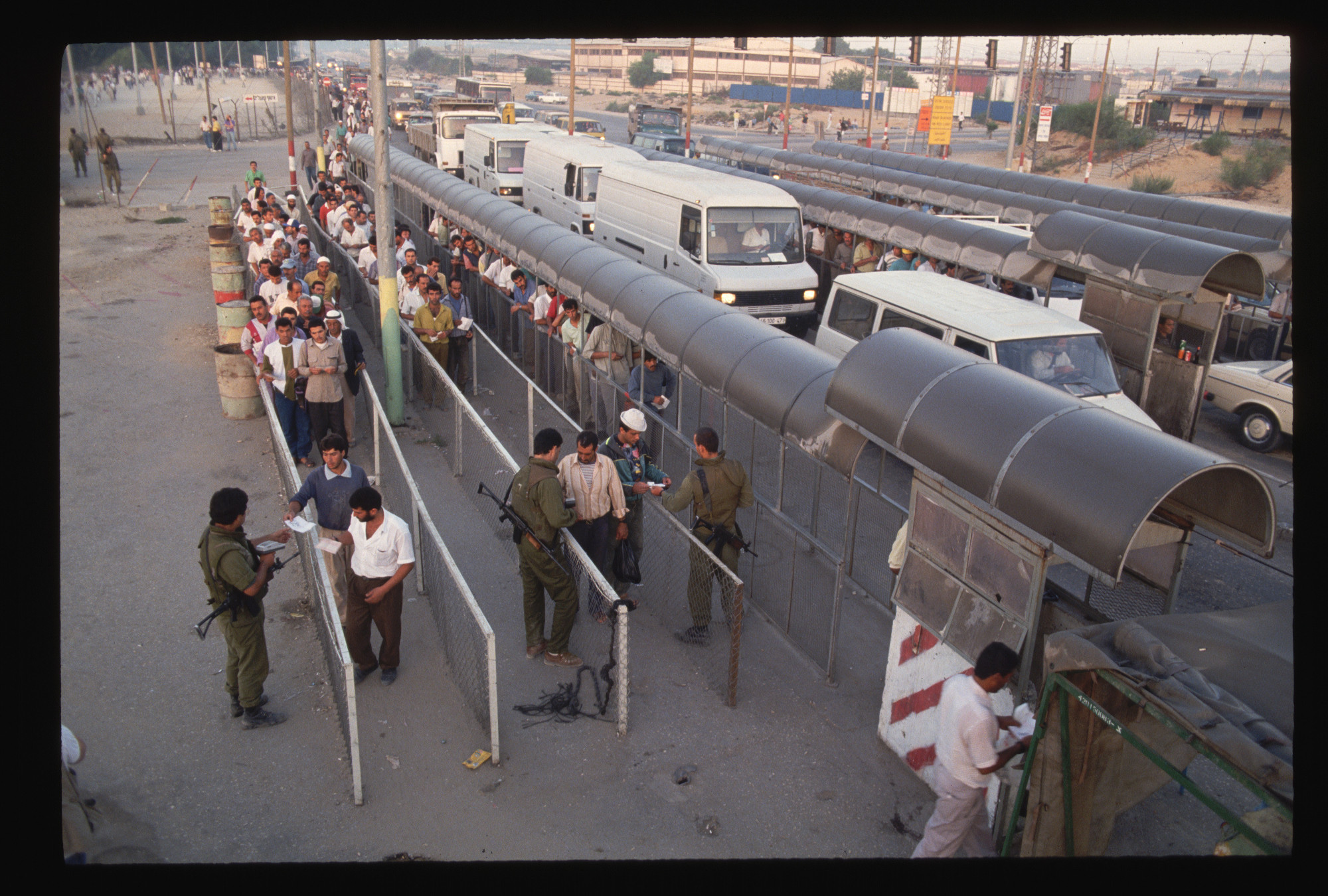CREDITS
This project is the result of a collaboration between B’Tselem and Forensic Architecture:
B’Tselem
The Israeli Information Center for Human Rights in the Occupied Territories endeavors to exposes the injustice, violence and dispossession which are at the core of the occupation regime. B’Tselem strives to challenge the legitimacy the occupation is accorded in Israel and around the world, and to help bring about its end.
Team:
Support and guidance by B’Tselem staff members: Hagai El-Ad (Executive Director), Ety Dery (Associate Director, Chief Financial Officer), Yael Stein (Research Director), Shuli Wilkansky (Editor), Shirly Eran (Webmaster), Amit Gilutz (Spokesperson), Karim Jubran (Field Research Director), Osnat Skoblinski (New Media & Public Relations Coordinator), Roy Yellin (Director of Public Outreach), Sarit Michaeli (International Advocacy Officer), and Asaf Volanski (Technological Development Coordinator).
Forensic Architecture
Is an independent research agency based at Goldsmiths, University of London. It undertakes advanced architectural and media research on behalf of international prosecutors, human rights organisations, and political and environmental justice groups.
Team:
Support and guidance by Eyal Weizman (Director, Forensic Architecture), Christina Varvia (Deputy Director, Forensic Architecture), and Sarah Nankivell (Programme Manager, Forensic Architecture).
ACKNOWLEDGMENTS
For their help in this project, B’Tselem would like to thank human rights NGOs Kerem Navot, Peace Now, Bimkom, and the UN Office for the Coordination of Humanitarian Affairs (OCHA).
This project was produced with the financial support of the European Union. Its contents are the sole responsibility of B’Tselem and Forensic Architecture and do not necessarily reflect the views of the European Union.

